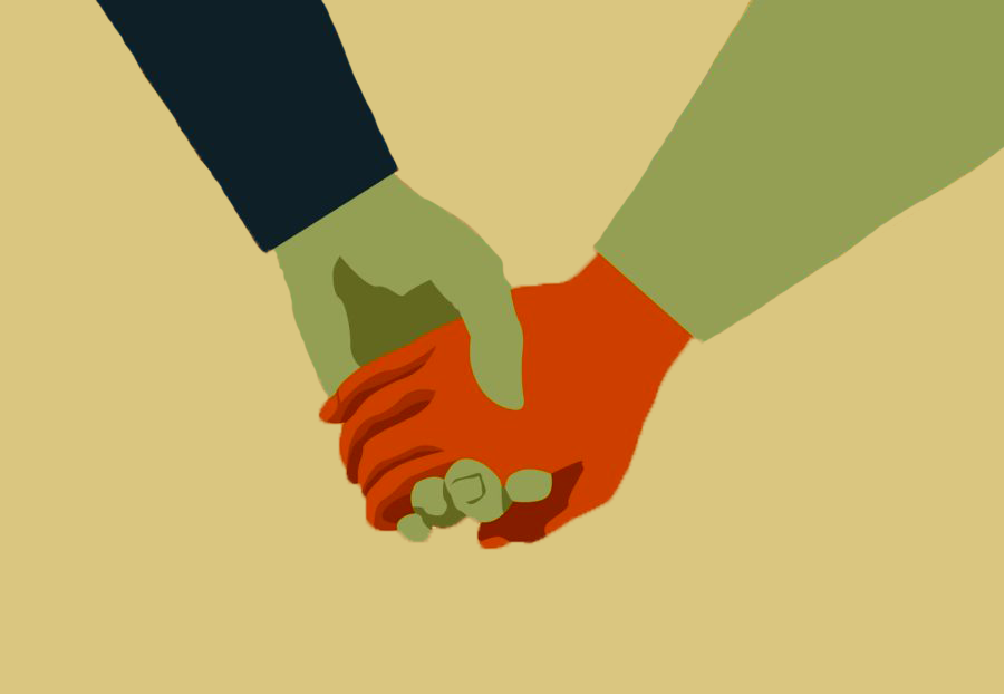
America has a rape culture. It permeates all facets of popular culture, from movies to music to advertising. So it should come as no surprise that much of our media’s response to the Steubenville tragedy — in which two young student athletes raped an intoxicated young woman — dismissed the plight of the victim and sympathized with the rapists.
One of the most poignant examples came from CNN reporter Poppy Harlow, who said, after watching the two perpetrators hear their guilty verdict, “It was incredibly emotional … incredibly difficult, even for an outsider like me, to watch what happened as these two young men that had such promising futures, star football players, very good students, literally watched as they believed their lives fell apart.”
There is a fundamental disconnect among the media, which inexplicably mourned the loss of freedom and the football careers of the perpetrators of a heinous crimes. However, there is nothing new about this narrative, especially as it relates to athletes. Harlow’s repulsive depiction of the young men receiving their verdicts derives from a cultural acceptance of rape myths.
Rape myths are rampant in our patriarchal society. A prominent myth is that rape is perpetrated by people unknown to the victim. The truth is that the majority of rapes occur at the hands of someone the victim knew.
The resulting cultural phenomenon is that rapists who know their victims don’t feel at fault for their crimes. Another myth, from which many subsequent rape myths stem, is the belief that rape is primarily a sexual crime, in which men are overpowered with sexual desire. On the contrary, forcible invasion of a person’s body without consent is a violent act, whether committed by physical or mental coercion. It also leaves psychological and emotional scars.
Perhaps the most powerful and damaging of all rape myths is the belief that the victims of rape are somehow responsible for being raped. Slutwalk, for instance, is a nationwide movement that emerged in response to an inane comment made by a Toronto police officer, who said during a speech, “Women should avoid dressing like sluts in order not to be victimized.”
In Slutwalk rallies, women, many of whom are scantily clad, protest to raise awareness for rape. Their attire reflects a core message of the group. No matter how a woman is dressed, she is not responsible for her rape, which is the decision of the perpetrator. It is the rapist, not the victim, who needs to be held culpable for the crime. Although the tactics of the movement have been controversial, even amongst feminists, its message shouldn’t be. There is no excuse for rape, and there is nothing a woman can do or wear to cause a rape.
All the myths add up to perpetuate the victim blaming, which is extensive.
In addition to misplacing the blame for rape, the rhetoric surrounding rape results in rapes going unreported. Less than half of rapes are reported, and only 3 percent of rapes will end with the perpetrator spending any time in jail.
College students in particular have a skewed view about the realities of rape. A study of college students found that students thought about half of all rapes were merely fictional inventions of the female victim — while difficult to quantify, false reports are believed to account for just 2-8 percent of rapes. And in a study of undergraduate women, nearly 1 in 5 had experienced sexual assault since enrolled. Universities nationwide, and especially our own, need to use freshman orientation as an educational opportunity to help raise awareness about the realities of rape.
Instead of teaching women how not to get raped, we need to shift the focus to teaching men not to rape. In a society that is paradoxically obsessed with sex yet terrified to talk about it, we need to collectively gain the will to take action in the wake of this tragedy. It will moreover require a paradigm shift away from the current patriarchal power dynamics surrounding sexuality if we are to expect the victim blaming, slut-shaming and absurd media portrayals of rape to cease.










